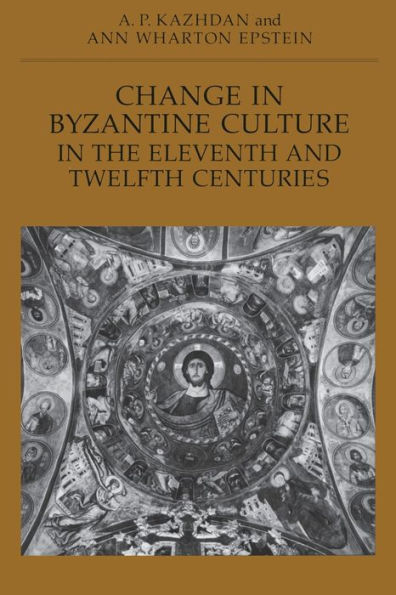5
1
9780520069626


Change in Byzantine Culture in the Eleventh and Twelfth Centuries / Edition 1 available in Paperback

Change in Byzantine Culture in the Eleventh and Twelfth Centuries / Edition 1
- ISBN-10:
- 0520069625
- ISBN-13:
- 9780520069626
- Pub. Date:
- 02/01/1990
- Publisher:
- University of California Press
- ISBN-10:
- 0520069625
- ISBN-13:
- 9780520069626
- Pub. Date:
- 02/01/1990
- Publisher:
- University of California Press
36.95
In Stock

Product Details
| ISBN-13: | 9780520069626 |
|---|---|
| Publisher: | University of California Press |
| Publication date: | 02/01/1990 |
| Series: | Transformation of the Classical Heritage , #7 |
| Edition description: | First Edition |
| Pages: | 312 |
| Product dimensions: | 6.12(w) x 9.25(h) x 0.80(d) |
About the Author
From the B&N Reads Blog
